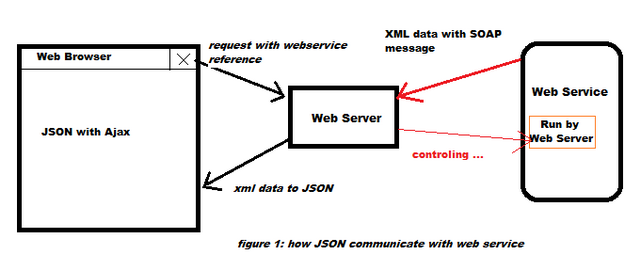Over at 4Guys, I’m authoring a series of articles showing different techniques for accessing server-side data from client script.
The most recent installment (Part 2) shows how to provide server-side data through the use of an Ajax Web Service and how to consume that data using either a proxy class created by the ASP.NET Ajax Library or by communicating with the Ajax Web Service directly using jQuery.
When returning data from a service it’s not uncommon to create a specialized Data Transfer Object (or DTO), and in Part 2 I create two such DTO classes. Here’s the basic design pattern:
- Create a DTO class that has properties that model the data you wan to return. For instance, the following DTO class can be used to transmit CategoryID, CategoryName, and Description information about one or more categories.
- In the service, get the data of interest from your object layer. In the demo for this article series I use Linq-To-Sql as my data access layer and object model. Here is code from the Ajax Web Service’s GetCategories method that retrieves information about the categories in the system:
- Now the results need to be mapped from the domain object to the DTO. This can be done manually or by using a library like AutoMapper. In the above example, we would iterate through the results to create an array of CategoryDTO objects, which is what would be returned.
If you are using C# 4.0 you can choose to live in a looser-typed world. Rather than having the Ajax Web Service return a strongly-typed value (namely, an array of CategoryDTO objects) you could instead opt to have a more ethereal return type – dynamic!
Having a return type of dynamic allows you to return an anonymous type, meaning you don’t need to create a DTO nor do you need to map the domain object to the DTO. Instead, you’d just create an anonymous type, like so:
Note the dynamic keyword as the method’s return type. Also note that results is a query that returns an enumeration of anonymous types, each of which has three properties – CategoryID, CategoryName, and Description.
The call to the ToArray method executes the query and returns the array of anonymous types as the method’s output.
Because the anonymous type’s properties. The client-side script calling this method can work with the returned anonymous type using the exact same code as with the strongly-typed return type.
